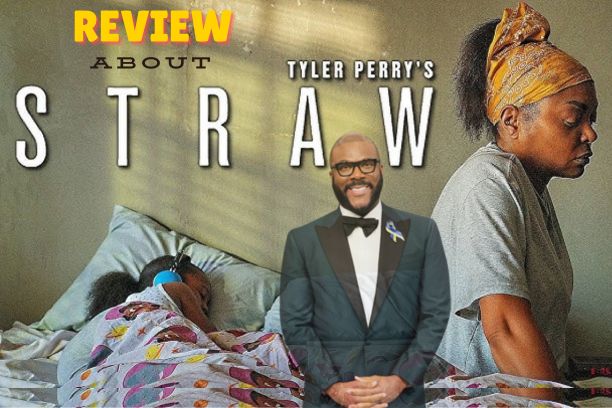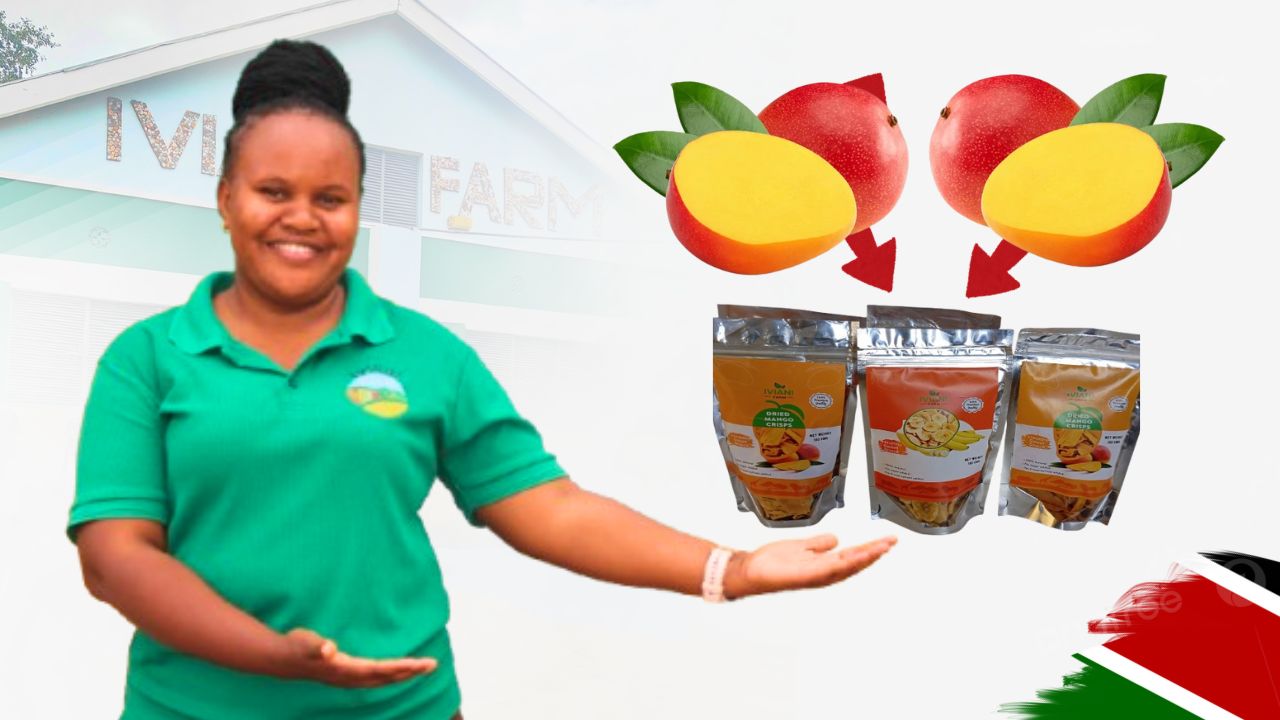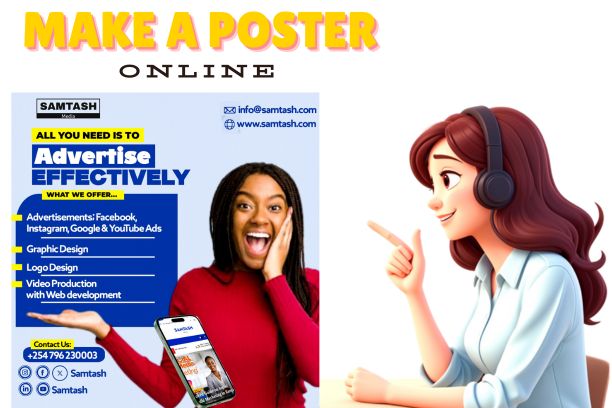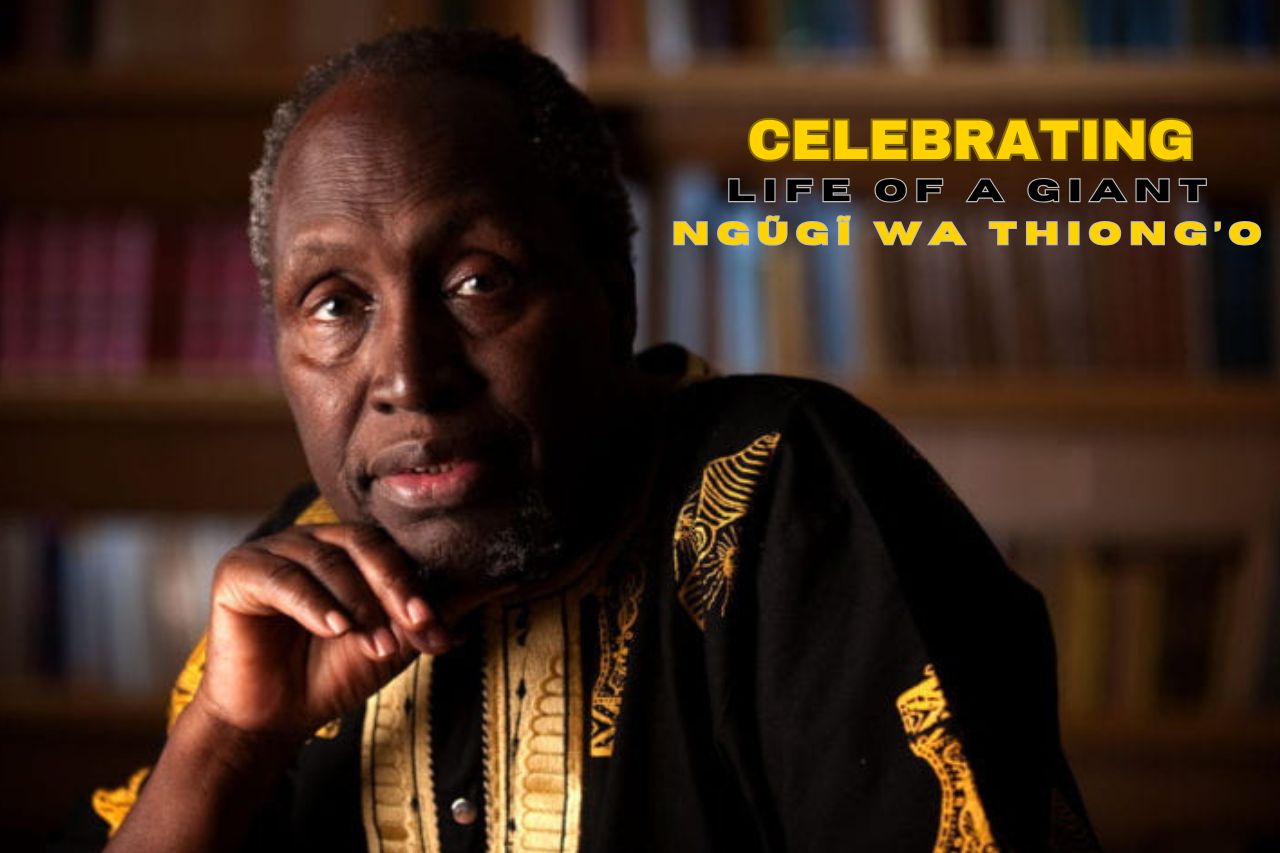
Smiles are universal expressions of emotion, often serving as a window into a person’s feelings and intentions. While the simple act of smiling may seem straightforward, there are various types of smiles, each carrying unique meanings. From genuine expressions of joy to polite social gestures, understanding the different types of smiles can deepen interpersonal connections and enhance emotional intelligence. Here’s a breakdown of the most common types of smiles and what they signify.
1. The Duchenne Smile: The True Smile of Joy
Named after French neurologist Guillaume Duchenne, the Duchenne smile is often considered the epitome of genuine happiness. This smile involves not only the upward curving of the lips but also the engagement of the muscles around the eyes, creating crow’s feet.
- Meaning: This smile is authentic and reflects true joy or contentment.
- Example: A child opening their birthday present or a person receiving good news.
How to Spot It: Look for crinkling at the corners of the eyes, which is a telltale sign of a Duchenne smile.
2. The Polite Smile: A Social Necessity
The polite smile is used in social situations to convey friendliness or acknowledgment without necessarily reflecting deep emotional involvement. It typically involves only the lips, with minimal movement of the eyes.
- Meaning: It’s a tool for maintaining social harmony, often used in formal or professional settings.
- Example: Greeting a colleague or thanking a waiter at a restaurant.
How to Spot It: This smile is usually reserved and doesn’t involve the eyes. It feels more controlled and less spontaneous.
3. The Tight-Lipped Smile: Concealing Emotions
The tight-lipped smile is characterized by closed lips and no visible teeth. This smile often conceals more than it reveals, leaving others guessing about the underlying emotion.
- Meaning: It can indicate reluctance, suppression of true feelings, or a desire to maintain privacy.
- Example: Responding to an awkward comment or hiding disapproval.
How to Spot It: Look for a smile with sealed lips and little involvement of the cheeks or eyes.
4. The Smirk: Confidence or Contempt?
The smirk is a lopsided smile, where one corner of the mouth is raised higher than the other. This expression can carry vastly different connotations depending on the context and the person’s body language.
- Meaning: It can signify confidence, self-assuredness, or, in some cases, disdain and sarcasm.
- Example: A person who has just outwitted someone in a debate.
How to Spot It: Look for asymmetry in the smile and a possible eyebrow raise accompanying the expression.
5. The Flirty Smile: Charm and Attraction
The flirty smile is playful, often accompanied by direct eye contact and subtle gestures, such as tilting the head or twirling hair. It’s a smile designed to attract attention or show interest.
- Meaning: This smile communicates romantic or playful interest.
- Example: Meeting someone intriguing at a social event.
How to Spot It: This smile is usually slow to form and may be accompanied by lingering eye contact.
6. The Forced Smile: Hiding Discomfort
The forced smile is a deliberate attempt to mask true emotions, often used in situations where people feel pressured to appear happy or agreeable.
- Meaning: It signifies discomfort, stress, or an effort to conform to social expectations.
- Example: Smiling during a difficult family gathering.
How to Spot It: The smile appears stiff, with little involvement of the eyes, and may quickly fade.
7. The Sad Smile: A Contradictory Emotion
The sad smile is a bittersweet expression that combines a smile with a hint of sadness. It’s a complex emotional display, often used to convey resilience or to mask pain.
- Meaning: It reflects a mix of emotions, such as acceptance of a tough situation or an attempt to stay positive.
- Example: Smiling while reminiscing about a lost loved one.
How to Spot It: Look for a smile that doesn’t fully engage the eyes and is accompanied by a slightly downward tilt of the head.
8. The Embarrassed Smile: Managing Awkwardness
This smile is typically accompanied by a downward glance, flushed cheeks, or nervous gestures. It’s a way to cope with feelings of self-consciousness or social discomfort.
- Meaning: It signifies embarrassment or an attempt to apologize nonverbally.
- Example: Smiling after tripping in public.
How to Spot It: Notice a quick, shy smile followed by avoiding eye contact.
9. The Contemptuous Smile: A Display of Superiority
The contemptuous smile is a subtle yet potent expression, often used to communicate disdain or a sense of superiority. It may involve a slight sneer or raising one corner of the mouth.
- Meaning: It reflects judgment or a lack of respect.
- Example: Smiling smugly during a heated argument.
How to Spot It: Look for an uneven smile with an air of condescension.
10. The Playful Smile: Spreading Cheer
The playful smile is lighthearted and often paired with laughter. It’s a gesture that invites others to share in a moment of fun.
- Meaning: It reflects humor, enjoyment, or a teasing nature.
- Example: Smiling while cracking a joke.
How to Spot It: This smile is often quick, paired with giggles, and lights up the entire face.
In Conclusion
Smiles are more than just a curve on the lips; they are powerful tools for communication. By understanding the nuances behind each type of smile, you can gain insight into others’ emotions and intentions. Whether it’s a genuine Duchenne smile or a subtle smirk, each smile tells a story. So, the next time someone smiles at you, take a moment to decode its deeper meaning; it might reveal more than words ever could.





